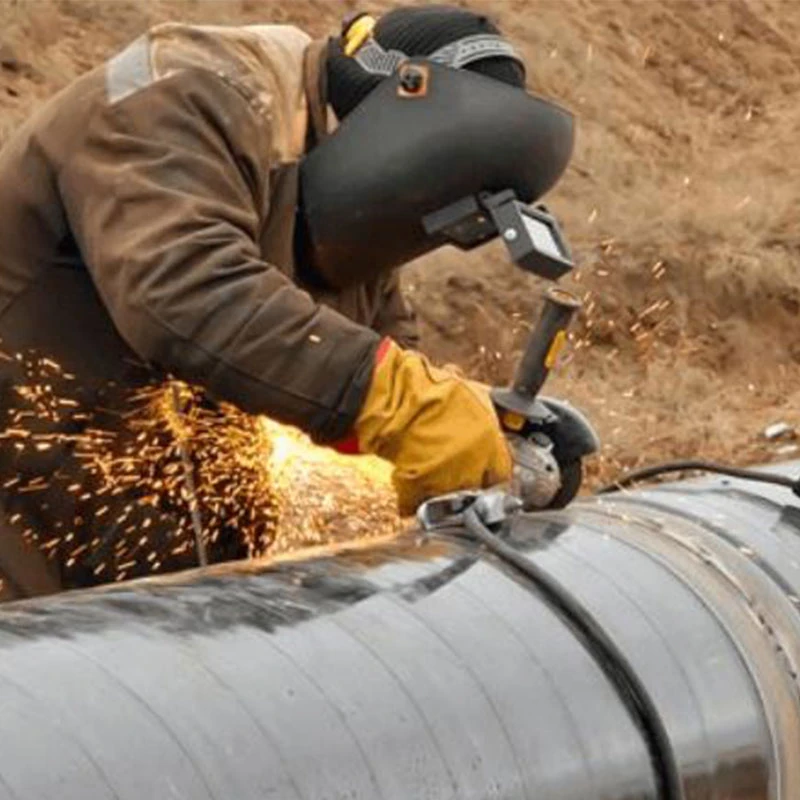-
Cangzhou Yulong Steel Co., Ltd.
-
Phone:
+86 13303177267 -
Email:
admin@ylsteelfittings.com
- English
- Arabic
- Italian
- Spanish
- Portuguese
- German
- kazakh
- Persian
- Greek
- French
- Russian
- Polish
- Thai
- Indonesian
- Vietnamese
- Zulu
- Korean
- Uzbek
- Hindi
- Serbian
- Malay
- Ukrainian
- Gujarati
- Haitian Creole
- hausa
- hawaiian
- Hebrew
- Miao
- Hungarian
- Icelandic
- igbo
- irish
- Japanese
- Javanese
- Kannada
- Khmer
- Rwandese
- Afrikaans
- Albanian
- Amharic
- Armenian
- Azerbaijani
- Basque
- Belarusian
- Bengali
- Bosnian
- Bulgarian
- Catalan
- Cebuano
- China
- China (Taiwan)
- Corsican
- Croatian
- Czech
- Danish
- Esperanto
- Estonian
- Finnish
- Frisian
- Galician
- Georgian
- Kurdish
- Kyrgyz
- Lao
- Latin
- Latvian
- Lithuanian
- Luxembourgish
- Macedonian
- Malgashi
- Malayalam
- Maltese
- Maori
- Marathi
- Mongolian
- Myanmar
- Nepali
- Norwegian
- Norwegian
- Occitan
- Pashto
- Dutch
- Punjabi
- Romanian
- Samoan
- Scottish Gaelic
- Sesotho
- Shona
- Sindhi
- Sinhala
- Slovak
- Slovenian
- Somali
- Sundanese
- Swahili
- Swedish
- Tagalog
- Tajik
- Tamil
- Tatar
- Telugu
- Turkish
- Turkmen
- Urdu
- Uighur
- Welsh
- Bantu
- Yiddish
- Yoruba

Dec . 01, 2024 02:20 Back to list
din flange types
Understanding DIN Flange Types
Flanges are mechanical components that facilitate the joining of pipes, valves, and other equipment, forming a tight, leak-proof connection. The German Institute for Standardization (Deutsches Institut für Normung, or DIN) has set various standards for flanges, providing guidelines for their dimensions, materials, and pressure ratings. Among these, DIN flange types are critical in the industry for ensuring compatibility and reliability across various applications.
Types of DIN Flanges
DIN flanges come in several types, each designed for specific applications and environments
. The most common types include1. DIN 2576 This is one of the most widely used flange types, known for its versatility and robustness. DIN 2576 flanges are typically used for pressure ratings up to 16 bar and are available in several nominal diameters. They are often employed in water, gas, and oil pipelines.
2. DIN 2527 These flanges are flat and have a thicker design than DIN 2576. They are primarily used in applications requiring higher pressure ratings, often ranging from 10 bar to 40 bar. The increased thickness allows for greater strength, making them suitable for demanding industrial processes.
3. DIN 2633 Characterized by their raised face, DIN 2633 flanges are designed for high-pressure systems. The raised face provides a better sealing surface, which is critical for preventing leaks in applications involving liquids or gases under pressure. Typically, they are used in chemical processing plants and other high-pressure environments.
4. DIN 86030 These flanges represent a more specialized type, used primarily in sanitary applications, such as food and beverage processing. They are designed to be easy to clean and maintain, ensuring that hygiene standards are met without compromising the integrity of the connection.
din flange types

5. DIN 2512 This type of flange features a long neck and is used primarily in high-temperature and high-pressure applications. Their unique design helps in transitioning between different pipe diameters while maintaining a secure connection that can handle significant stress.
Materials and Standards
DIN flanges can be manufactured from various materials, including carbon steel, stainless steel, and plastic, depending on the application and environment. Stainless steel flanges are particularly popular in corrosive environments due to their resistance to oxidation and rusting. The choice of material significantly impacts the performance and longevity of the flange.
In addition to material considerations, DIN also specifies various pressure ratings and temperature ranges for each flange type, ensuring that users can select the appropriate flange for their specific needs. It's important to adhere to these standards to avoid failures that could lead to costly downtime or accidents.
Installation and Maintenance
Correct installation is crucial for the effective functioning of DIN flanges. They must be aligned properly, and the bolts should be tightened evenly to avoid undue stress on any single point, which could lead to leaks or structural failure. Regular inspection and maintenance are also essential, particularly in high-pressure applications, to ensure that the flanges remain sealed and functional over time.
Conclusion
DIN flanges play a vital role in various industrial applications, with several types available to suit different needs. Understanding the various DIN flange types and their specifications is essential for engineers and professionals in the field to select the right components for their systems. By choosing the appropriate type, material, and adhering to installation standards, one can ensure a durable and efficient piping system that minimizes leaks and maintenance issues. As industries continue to evolve, the importance of reliable flanges will remain a cornerstone of effective engineering solutions.
Latest news
-
ANSI 150P SS304 SO FLANGE
NewsFeb.14,2025
-
ASTM A333GR6 STEEL PIPE
NewsJan.20,2025
-
ANSI B16.5 WELDING NECK FLANGE
NewsJan.15,2026
-
ANSI B16.5 SLIP-ON FLANGE
NewsApr.19,2024
-
SABS 1123 FLANGE
NewsJan.15,2025
-
DIN86044 PLATE FLANGE
NewsApr.19,2024
-
DIN2527 BLIND FLANGE
NewsApr.12,2024
-
JIS B2311 Butt-Welding Fittings LR/SR 45°/90° /180°Seamless/Weld
NewsApr.23,2024











